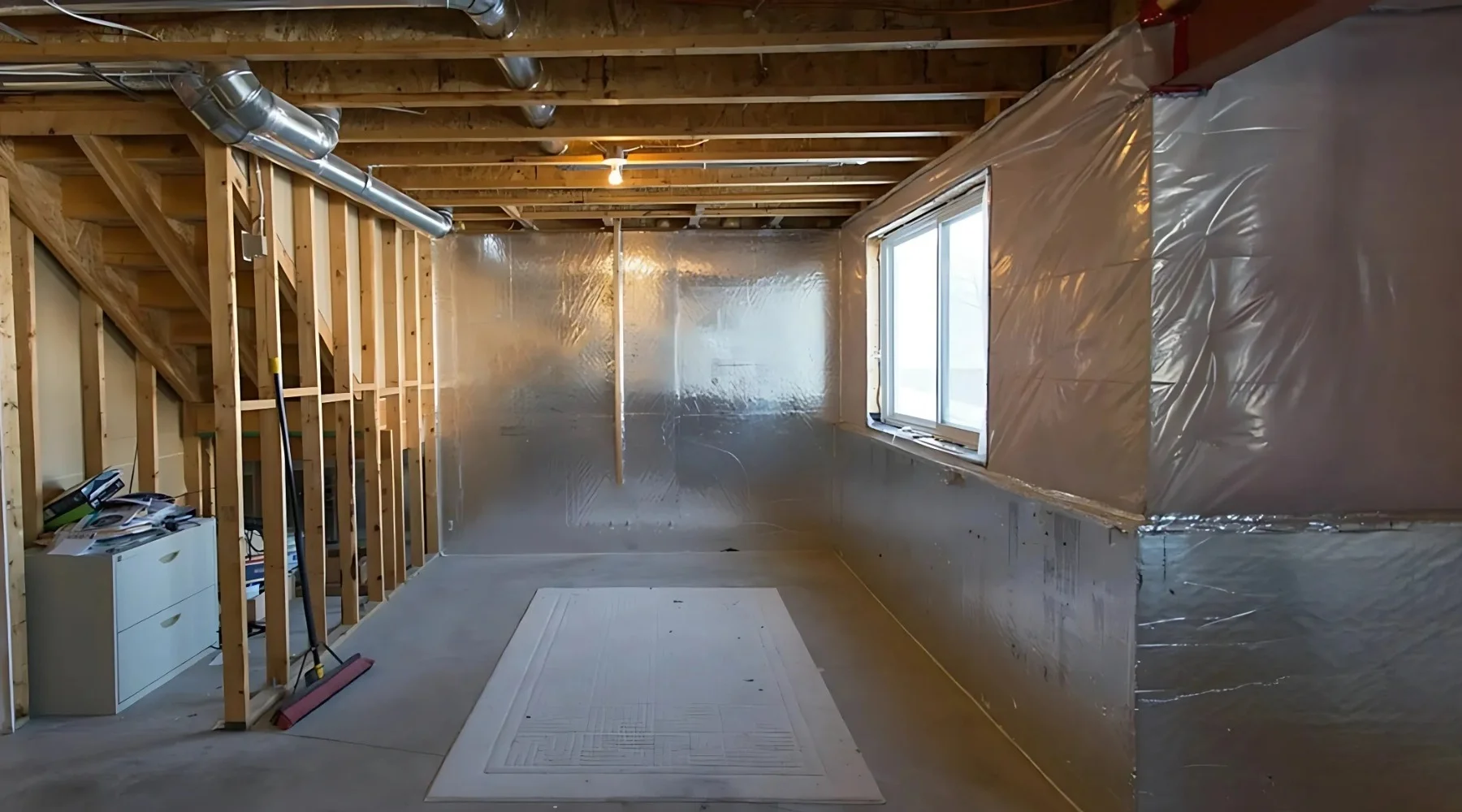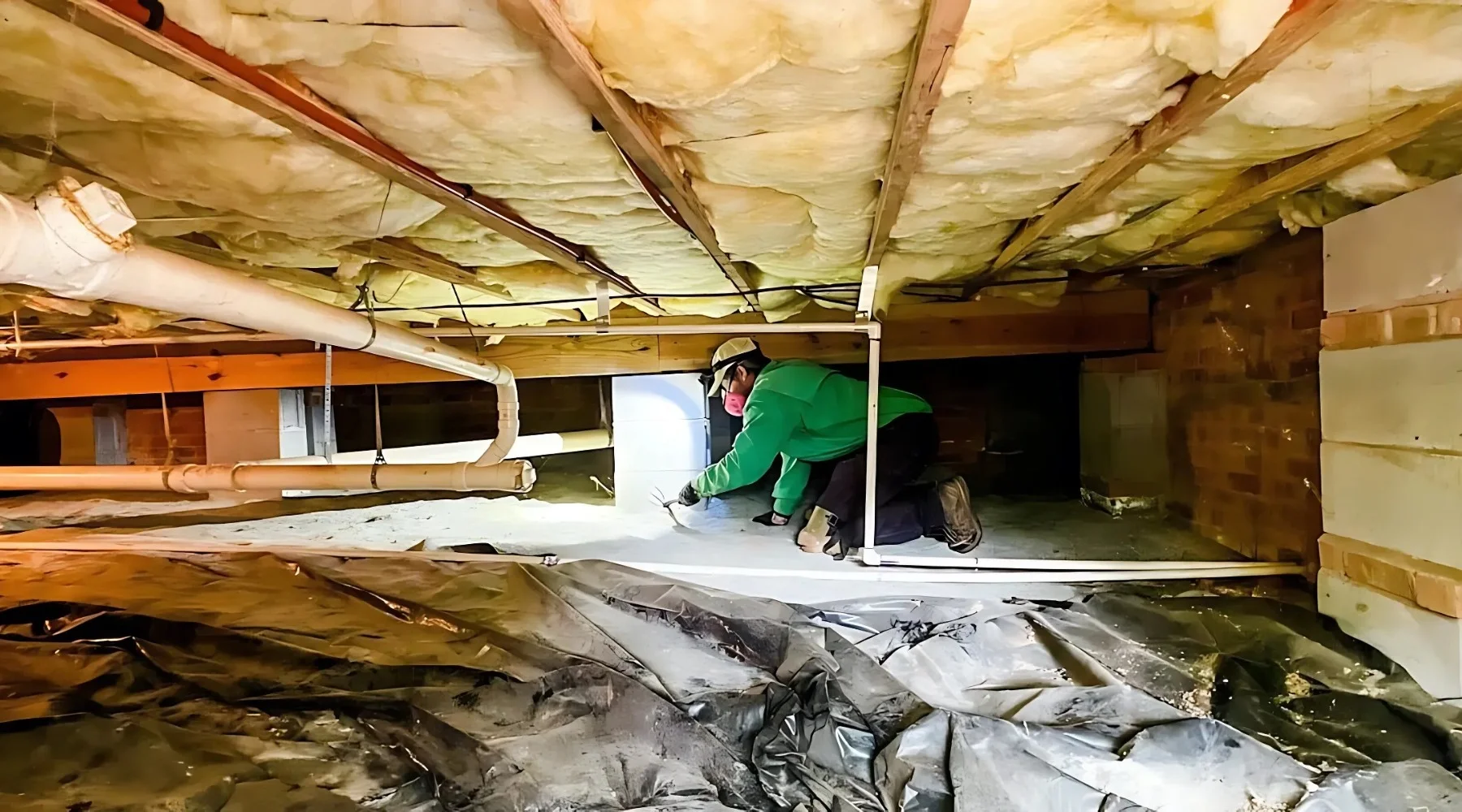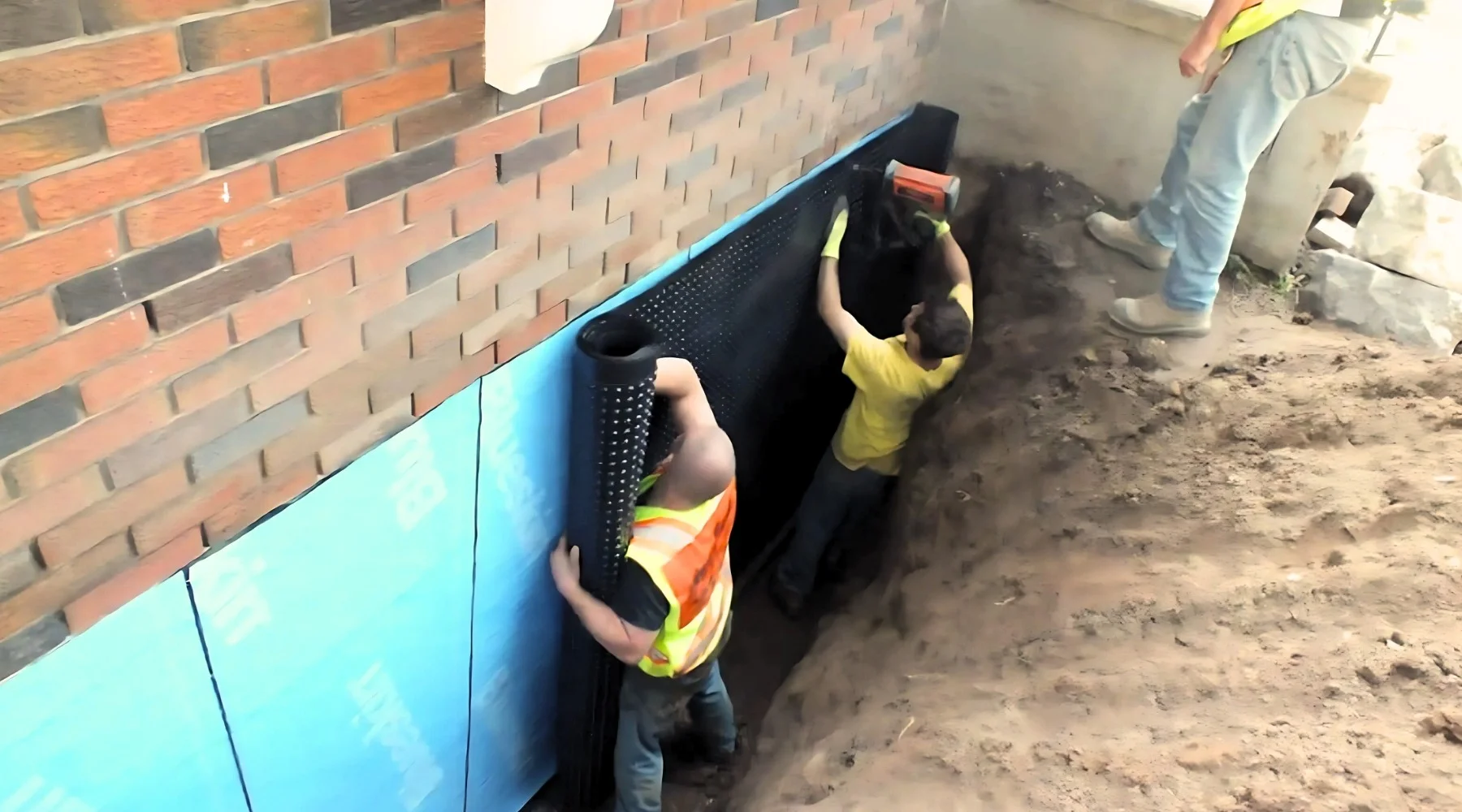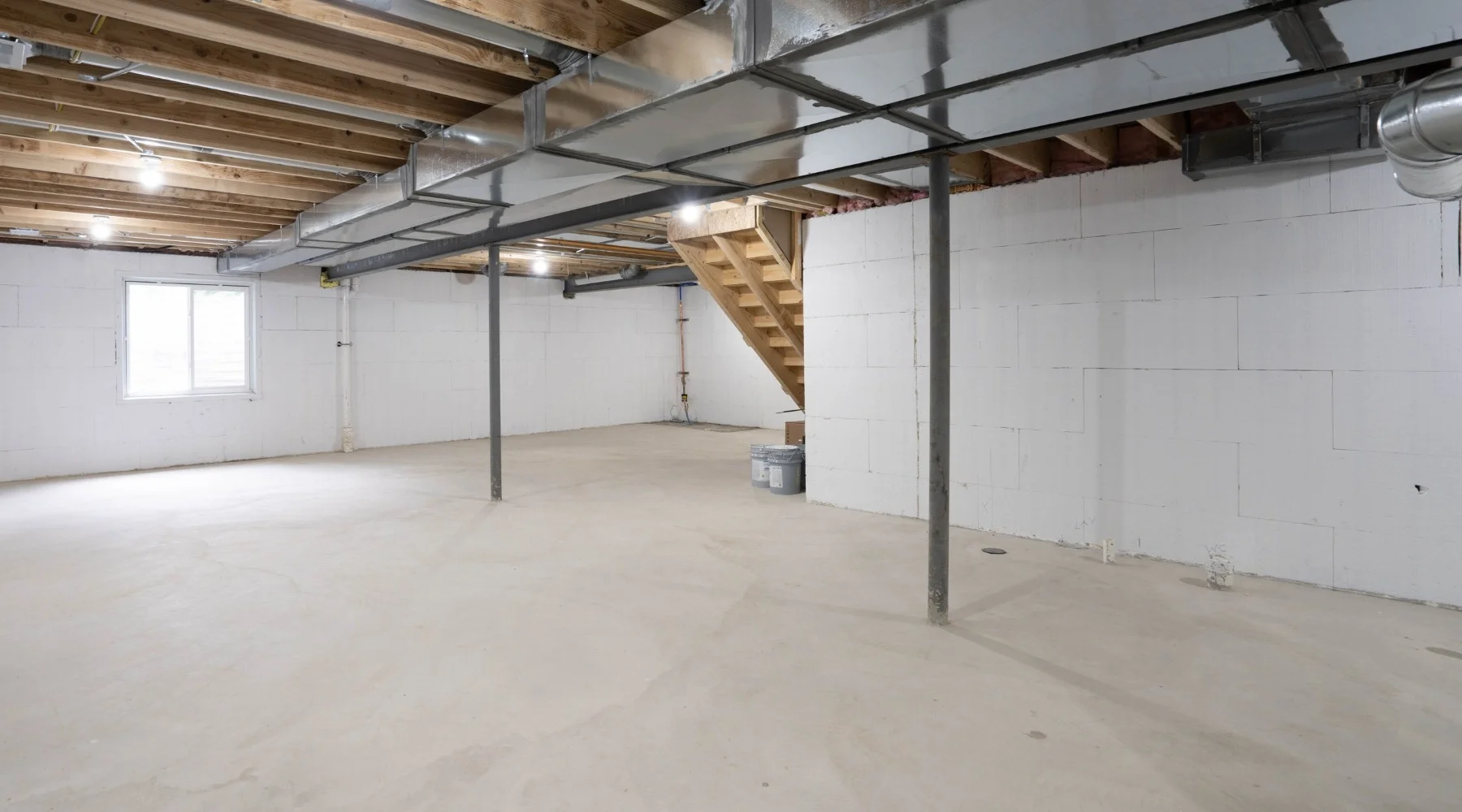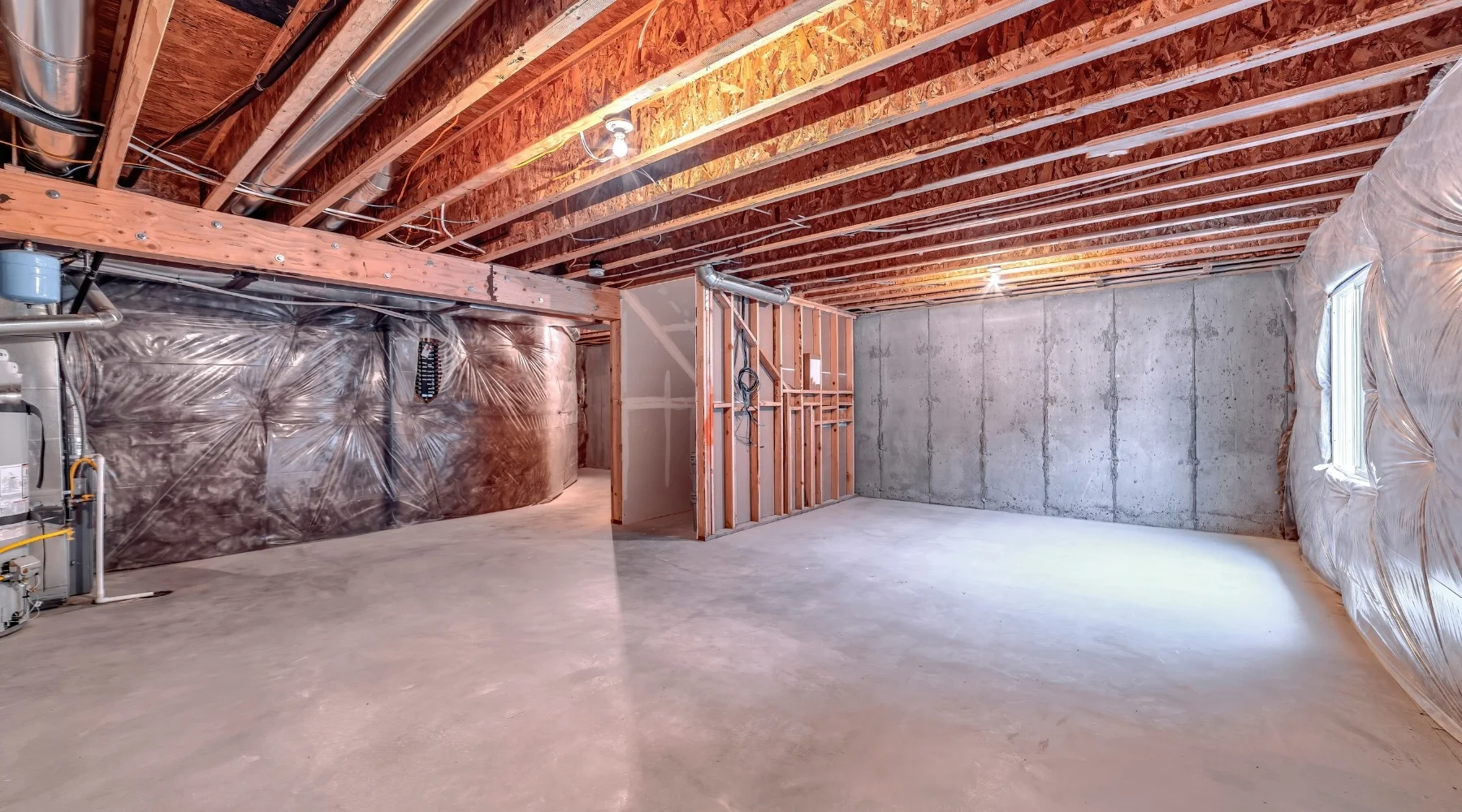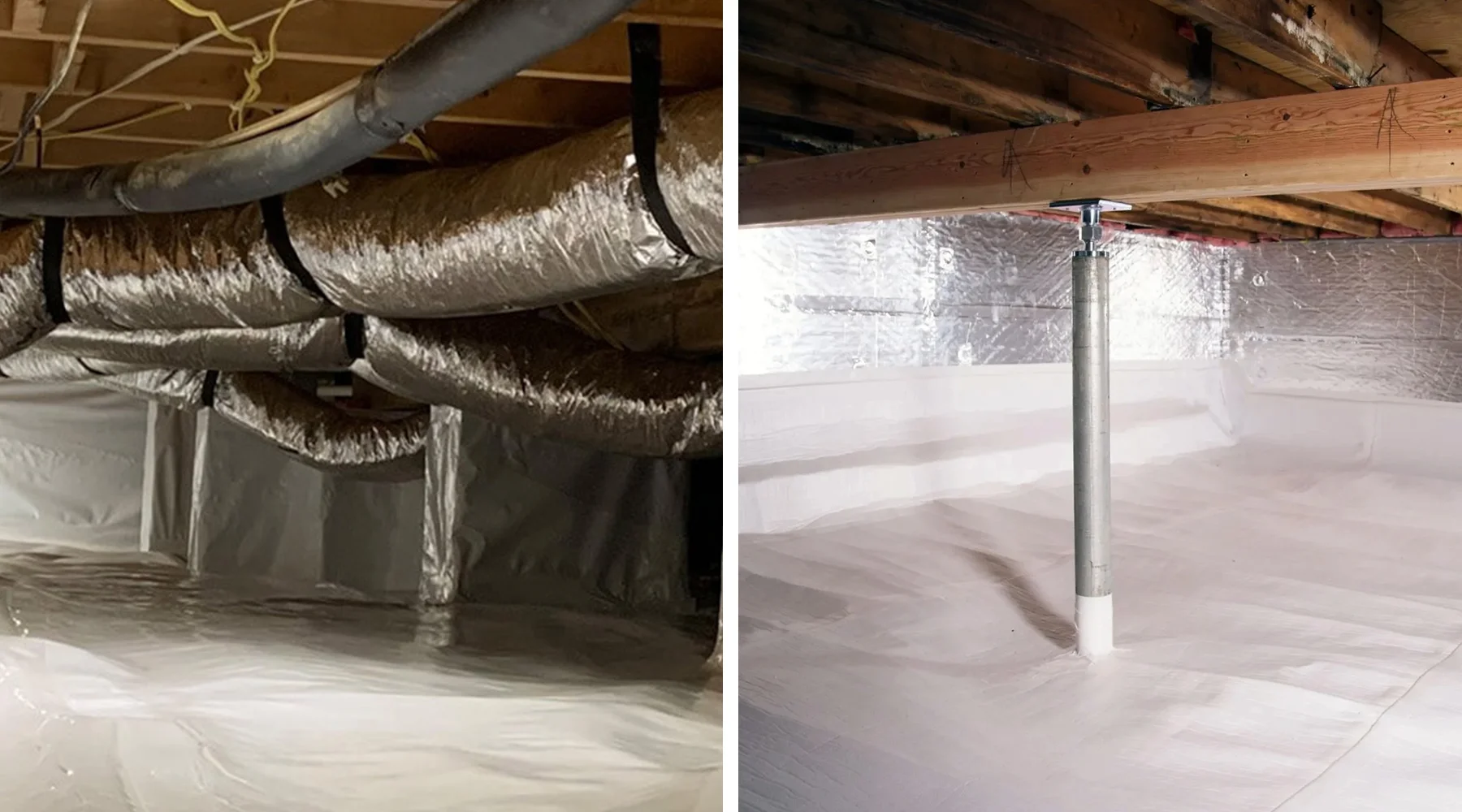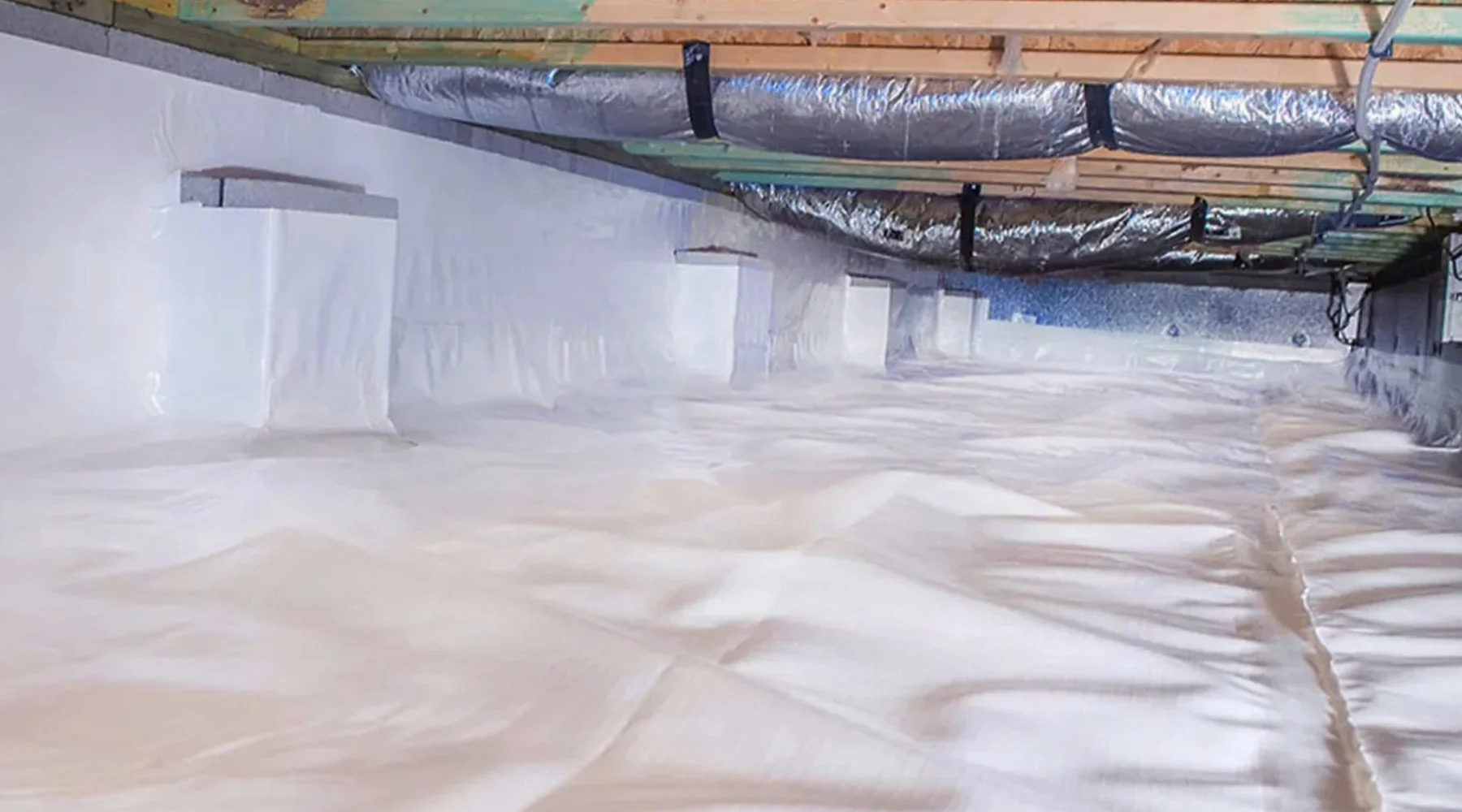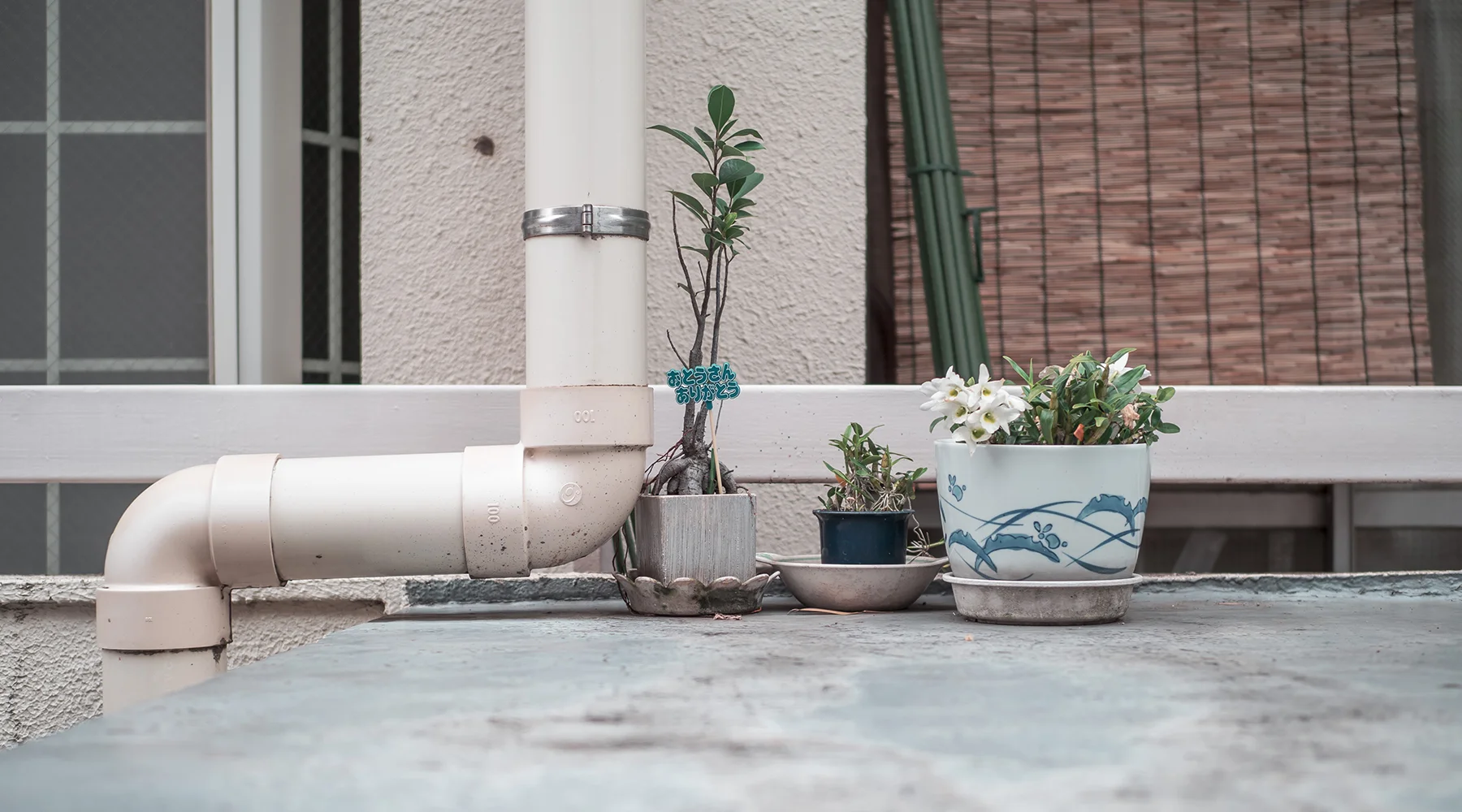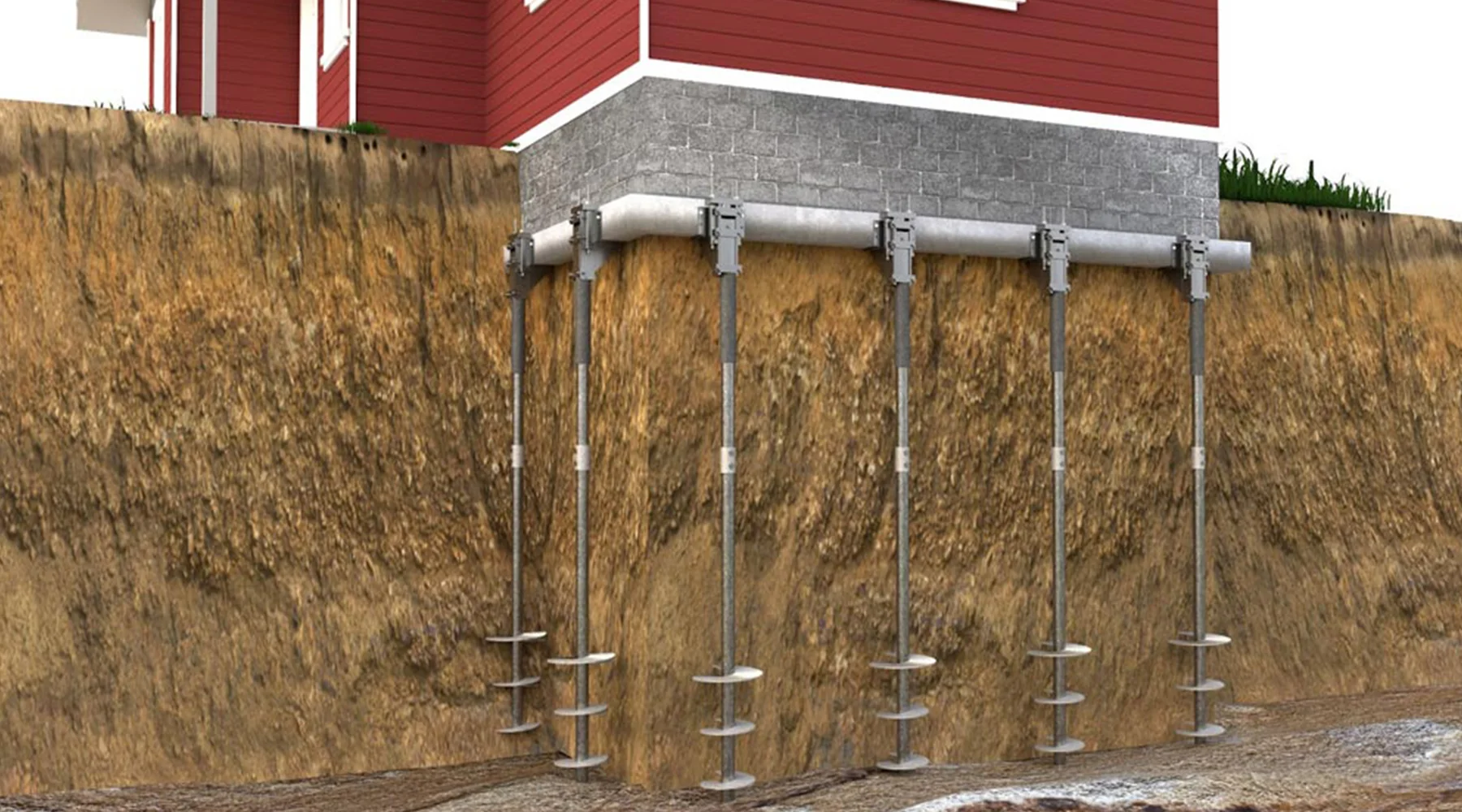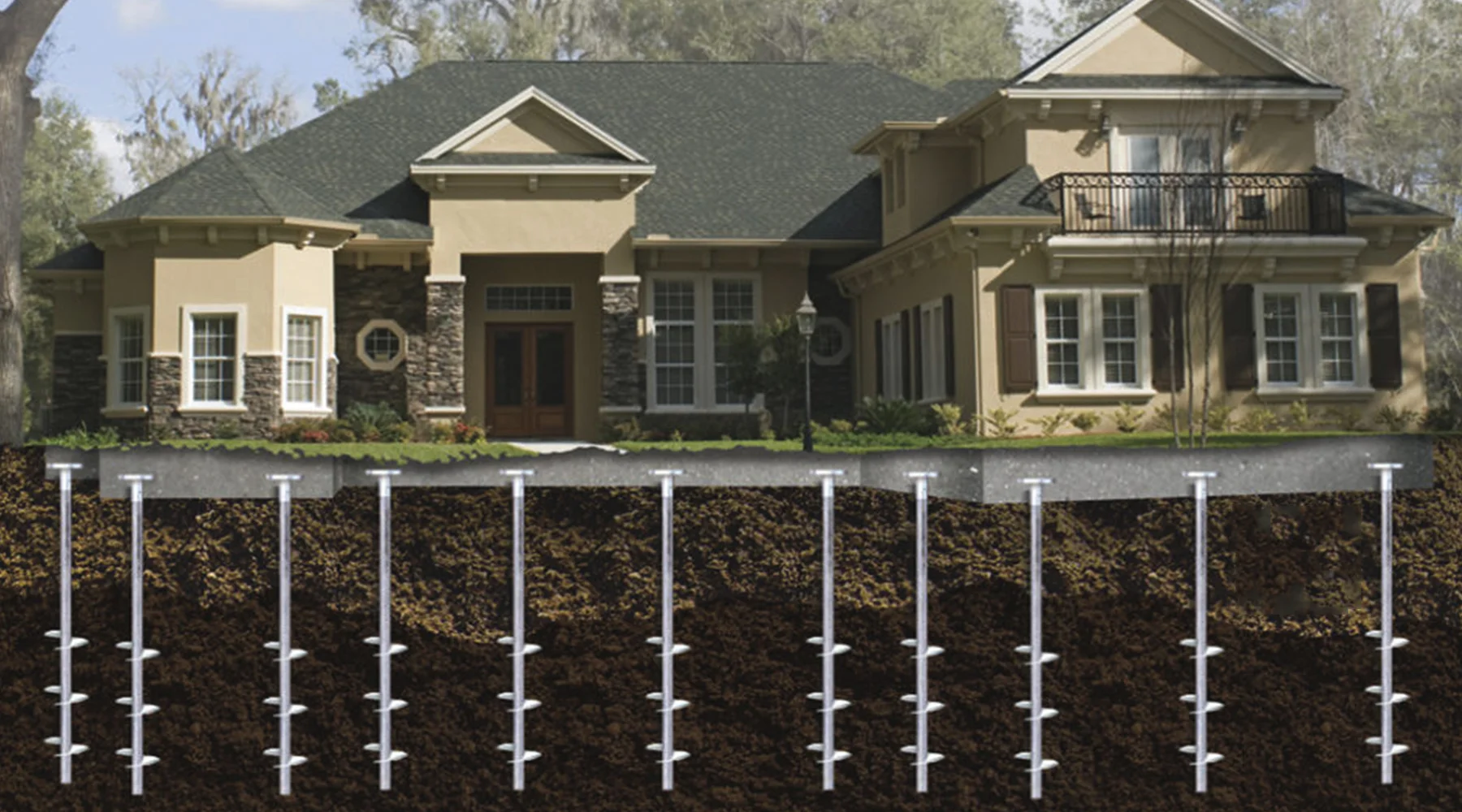How To Maintain A Dry Basement Waterproofing: Preventative Tips For Homeowners
Maintenance of your basement is vital for a healthy home, especially when it comes to preventing moisture buildup and potential damage. By employing effective basement...
Protect Your Investment | Don’t Wait for Damage! | Easy Financing Options Available | Get Your Free Waterproofing Estimate
Tristate Also Accepts:
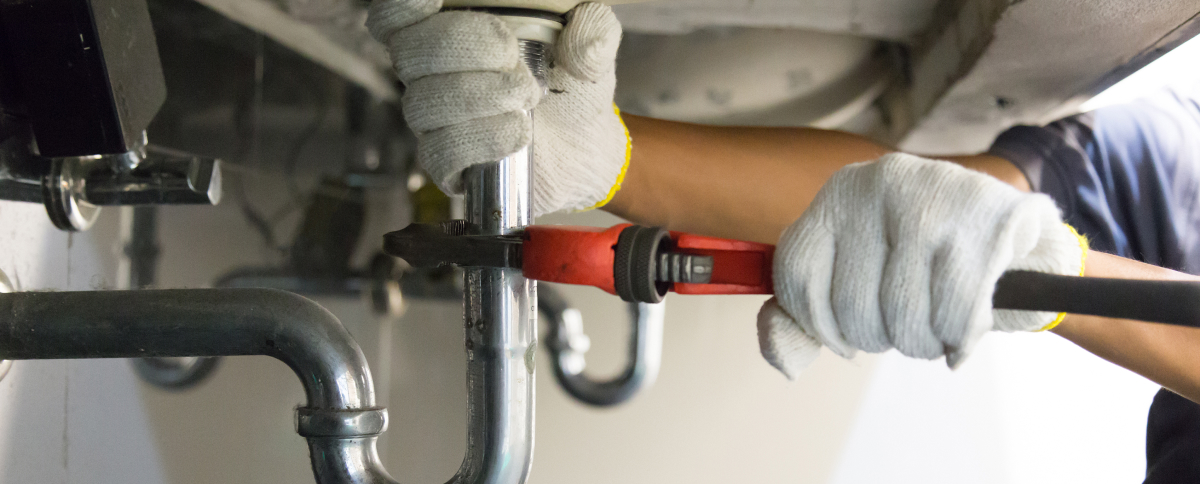
A wet basement isn’t just an inconvenience—it’s a warning sign. Moisture doesn’t stay contained for long. It spreads into walls, flooring, framing, and air circulation, eventually causing foundation issues, mold growth, and indoor air quality problems. But here’s the real challenge for homeowners: There is no “one-size-fits-all” basement waterproofing method.The ...
